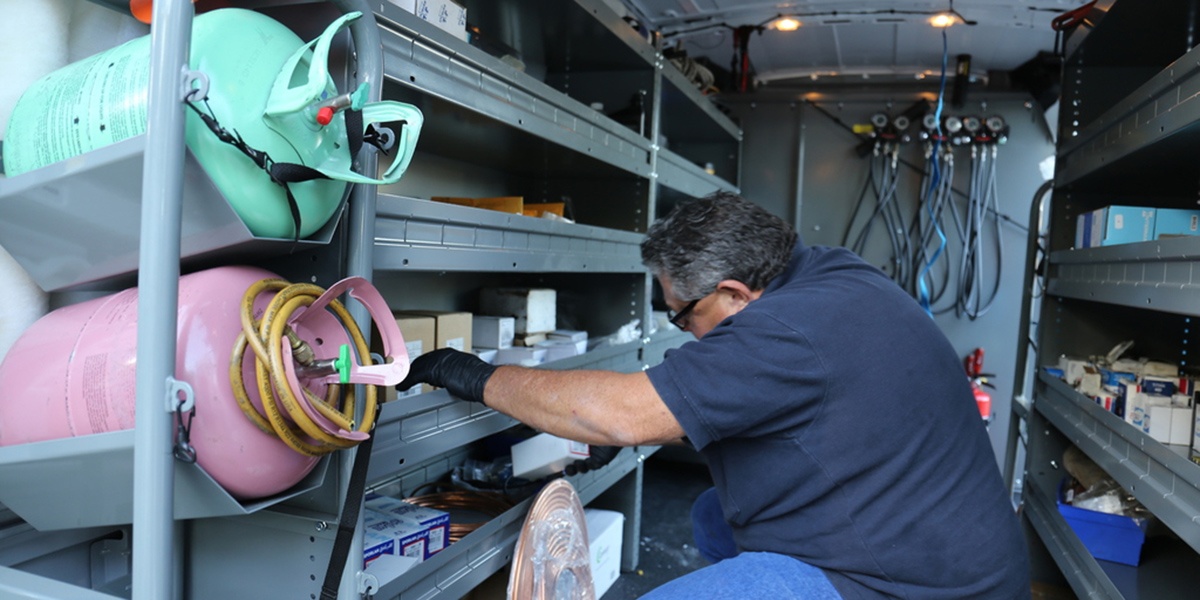R-22: The Liability That's Draining Profits For Businesses Everywhere

If you read our first blog, you know just how expensive an R-22 changeout can be. But what is R-22?
No, it’s not the newest droid from a galaxy far, far away. It’s the refrigerant coursing through most air conditioners – and its days are numbered.
R-22: Long-term use of a temporary solution
R-22 (Chlorodifluoromethane), otherwise known as HCFC-22, is considered part of a group of “greenhouse gasses,” which have been linked to ozone-layer depletion. R-22 was created as a transitory refrigerant while the industry found a better solution. Today, the search for a better alternative is ongoing. In the U.S., R-410A is commonly used as a replacement in residential applications, while R-407C is used in commercial buildings. Both R-410A and R-407C are alternative types of refrigerant, but are incompatible with R-22 systems.
Banning R-22
The United States agreed to the Montreal Protocol statues in 1987, which have required manufacturers of R-22 to reduce production and imports. Starting in 2015, U.S. manufacturers have begun reducing output, with 2020 serving as a deadline for eliminating 99.5 percent of all R-22 from production or purchase in the U.S. Recycled or reclaimed R-22 is still allowed. Any use of R-22 is banned in European Union countries, and the U.S. will completely ban the substance by 2030.
U.S. producers are slowing R-22 production both in response to the Montreal Protocol and the anticipated lack of demand when 2020 hits.
Alternatives, R-22 not compatible
Most homes and businesses built before 2000 include R-22 systems, while those built since are legally obligated to use alternatives. R-22 systems are not compatible with other refrigerants. Any business tied to an R-22 system must buy R-22 at increasingly rising prices to keep the system working. In the long run, it might be cheaper to switch to an alternative system that runs R-407C or a similar refrigerant.
Each system should have a printed label that describes the type of the refrigerant it uses. Note that it is illegal to release refrigerant into the atmosphere when making repairs. Only trained technicians should change refrigerant.
The good news is: TDIndustries can help you make this decision. Contact TD at 1-800-864-7717 for more information.
Note: It is illegal to release refrigerant into the atmosphere when making repairs. Only trained technicians should change refrigerant.
More from the Blog
Refrigerant Phasedown: What You Need to Know
The goal of the U.S. Environmental Protection Agency's (EPA) American Innovation and Manufacturing Act...
Are You Ready for the Coming Change in HVAC Refrigerant Requirements?
The American Innovation and Manufacturing Act of 2020, administered by the U.S. Environmental Protection...
Save Lives with Heat Illness Prevention and Awareness
In the Southwest where TDIndustries works, checking the weather for dangerous heat and humidity...
Subscribe to our blog
Please provide your email address to subscribe!
